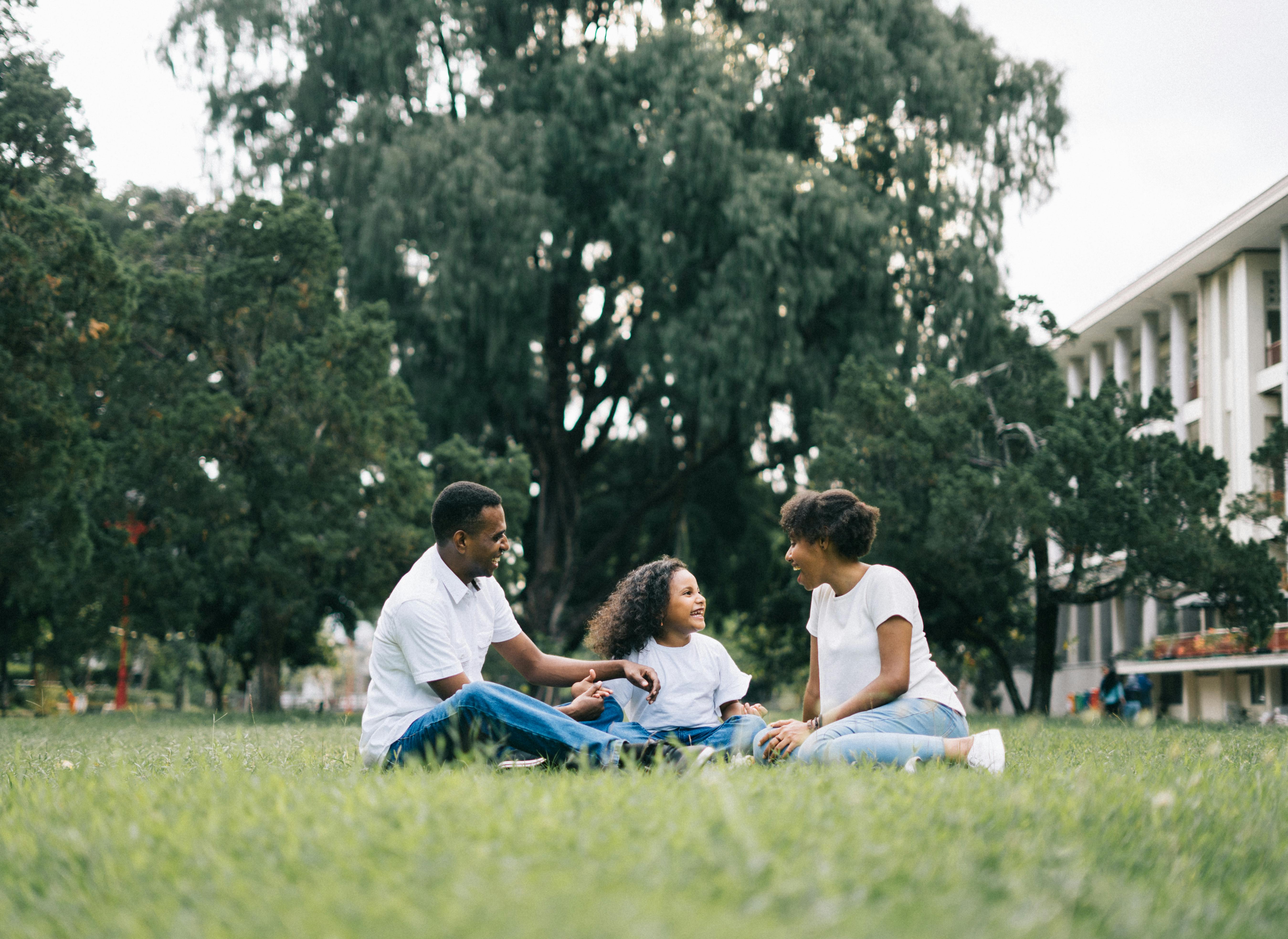One of the most common questions parents ask is, "How can we help our children develop the social skills they need for school?" Building social skills is crucial for children's overall development and can ease the transition into a classroom setting. The best way to help children build the social skills they’ll need in school is by supporting them in: preparing for new situations, creating opportunities for children to connect outside of the classroom, providing context and information about what is appropriate versus not, evaluating how your home interactions can influence school interactions, and last but not least, giving your children some grace.
Help Children Prepare for New Situations
As humans, we’re all social beings. But even as adults, we forget how difficult it can be to navigate social situations. Try to be mindful of all the sensory things that are going to go on for your child in those social situations that are likely different from what they’re experiencing at home.
To help your children prepare for new social interactions, try to:
- Be mindful of new sensory experiences that may be different, like boisterous lunchrooms with different food smells and loud conversations.
- Discuss situations they may not have experienced before, such as how to show affection or jump into a conversation with a larger group of kids.
- Walk through expectations about how to communicate, verbally and non-verbally. You might even share conversation starters, like “What’s your favorite color?”
- Provide examples of scenarios they can expect, depending on their age.
There are lots of ways to do this, like modeling playtime or how to have conversations with peers. Even providing conversation starters can be helpful, like, “Hi, my name is ______. My favorite color is blue. What’s your favorite color?”
Create Opportunities to Connect Outside of the Classroom
Offer opportunities for them to connect with other children in class, one-on-one and gradually in small groups. (Ask your teacher if you’re not sure who your child gets along with!)
Setting up playdates can be especially helpful for kids who are slow to warm up. Even after school starts, you can set up playdates with one or two other kids that are a good fit with them. If there are kids who relate better one-on-one, and they feel comfortable in their home or on the playground developing that relationship, they can then enter the classroom and feel like they've got a person.
Provide Guidance About What is Appropriate
When the parents are present, there’s a little buffer to help the child and support them in the interaction. But at school, small children are surrounded by other small children. They don’t always know what to do or what’s appropriate. For example, they might think, “I did a thing that made this kid laugh. I'll keep doing that!” Even if it’s perhaps not the best thing to do.
Kids may also get mixed messages around what's socially appropriate. For example, at home, they learn to show affection with kisses and hugs. But if they try to show affection by kissing and hugging another child, everyone reacts differently.
You can help provide some guidance around what’s appropriate without shame or judgment. Try to walk kids through what the expectations are, and give them examples of scenarios, depending on your child's age.
Evaluate At-Home Interactions
In your back-and-forth relationship with your child, you may also be modeling how they can relate to peers. That’s why it helps to be aware of how your interactions at home are teaching your child how to interact with others. Using yourself as a resource means that it’ll be harder to fall into the typical, “I'm going to follow your lead all the time because I can, and I adore you.”
For example, when playing with your child, you can teach sharing by taking turns and asking to play with their favorite toy. You might try saying something like, “This time I'd like to be Elsa and because it doesn't feel comfortable to me if I don't sometimes get to choose.” Or saying, “Yes, it's fun to watch you do the Magnatiles, but it's not so fun for me if we're not sharing.”
Especially if you only have one kid, there’s a tendency to let them dictate everything. Treating yourself as a resource is an opportunity to develop social skills for all children, particularly for kids who may not have a sibling.
Give Your Children Some Grace
There may be a little more conflict between kids, and missed social cues. Again, we’re not labeling kids as being bad, but realizing that this may be a skills gap and that we can then help kids. There are ways to support the development of children's social skills, and we want to focus on that.
Give your kids grace when they aren't engaging in ways that feel socially acceptable or aren’t where you think they should be age-wise.
Looking for additional support? We’re here for you at Little Otter with mental healthcare for the whole family. Get started below!
!CTA-1
in this article

%20Medium.jpeg)

%20Large.jpeg)
.jpg)
.jpg)








.svg)

